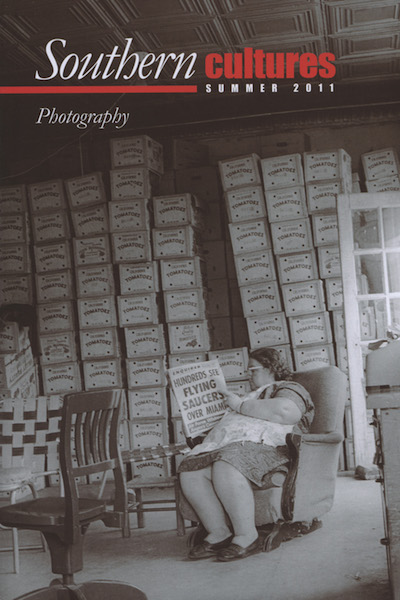“When the color photographs of William Eggleston first appeared at the Museum of Modern Art in 1976, the boldness of Eggleston’s palette and his disregard for the conventions of black-and-white photography were shocking; nearly all the major critics were scornful, and Ansel Adams wrote a scathing letter of protest.”
When the color photographs of William Eggleston first appeared at the Museum of Modern Art in 1976, they had no clear antecedents. The boldness of Eggleston’s palette and his disregard for the conventions of black-and- white photography were shocking; nearly all the major critics were scornful, and Ansel Adams wrote a scathing letter of protest to curator John Szarkowski, baldly calling Eggleston a “put on.” Using a dye-transfer printing method primarily associated with advertising, Eggleston’s images draw out the deep, frequently striking tonal potentials of natural colors. But within the tradition of photography, as critic Peter Schjeldahl succinctly notes in his essay on Eggleston, “color befuddles”—and Eggleston’s colors certainly did. One influence Eggleston’s photography acknowledges, however, is Walker Evans, an artist whose work also searches out the everyday corners of his cultural milieu. Evans’s approach is marked by an expansive, Whitmanesque vision that Susan Sontag describes as a “leveling of discriminations, between the beautiful and the ugly, the important and trivial.” And yet, in On Photography, Sontag finds little use for Evans’s ambitions. Photography, she holds, is no longer required to be “literate, authoritative, transcendent,” as Evans hoped it might be, and his photos could never achieve the transcendence they aspire to in the contemporary world, where the most effective photographs feature a turn toward surrealism. This is because, Sontag explains, in matters of political action the documentary function of realist photography threatens to lull viewers into a state of voyeuristic observation, from which only the surreal can startle them into movement.


